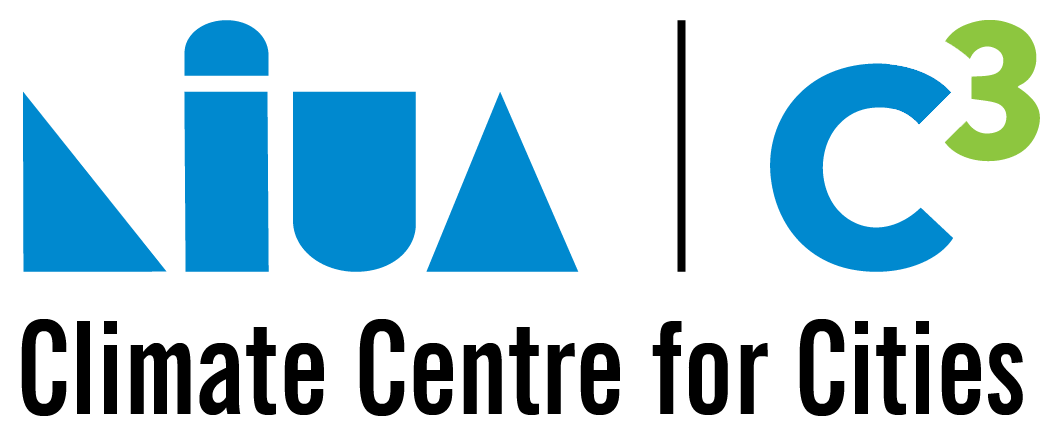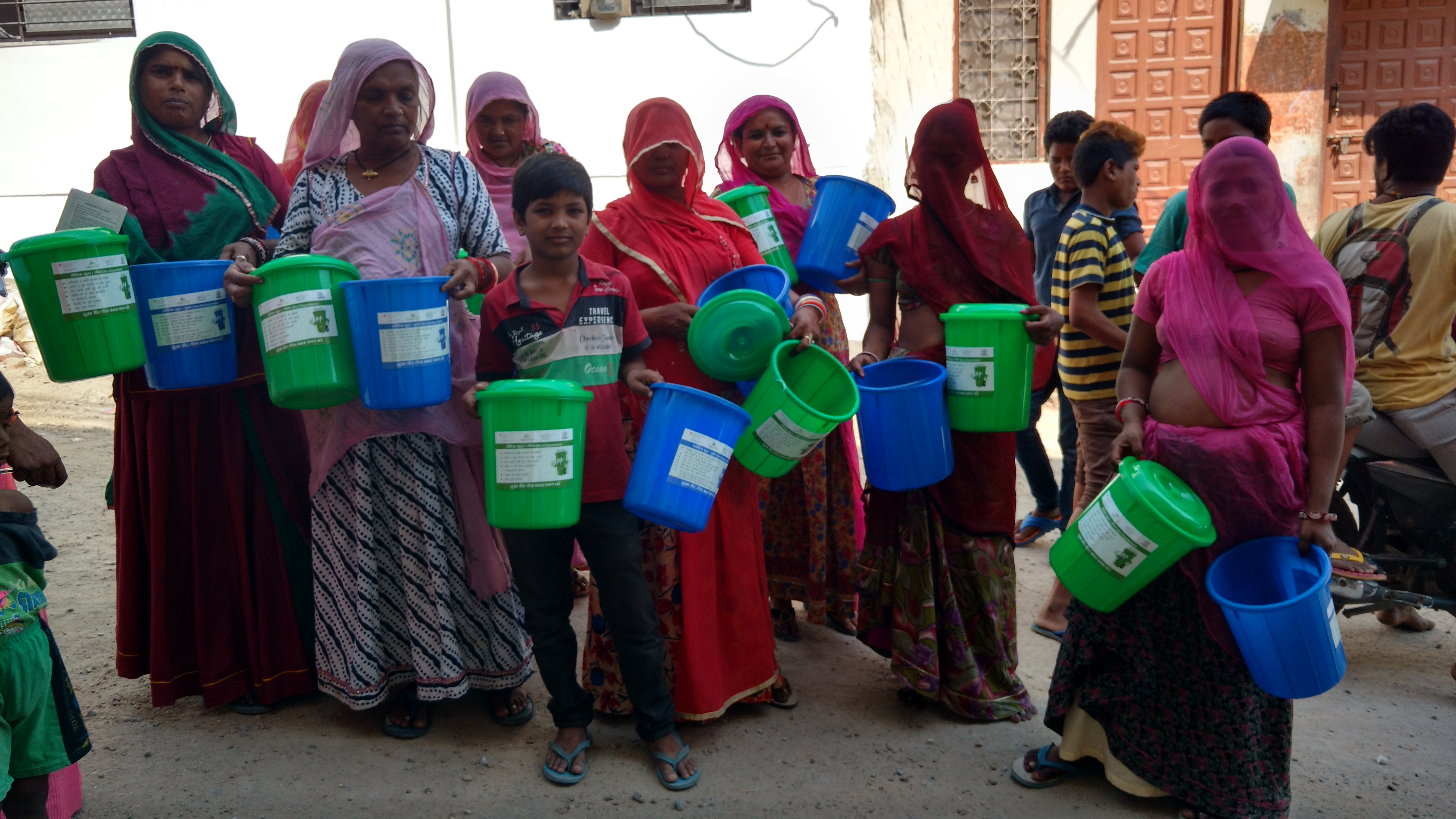Impactful Waste Management through Behaviour Change Communication in India
Published On:
Sunday, April 4, 2021
“Cleanliness cannot be achieved through Budget allocation. Behavioural change is the solution. It should become a mass movement,” PM Narendra Modi had said in a speech in 2016.
Imagine 3 million trucks piled high with garbage racing across our busy city roads. That is the amount of untreated waste urban India generates every day. Major Indian metros like Mumbai, Delhi, Bengaluru, Kolkata and Chennai generate about 10 million tonnes of garbage every day. Waste separation is a critical component of achieving successful waste management. This could lead to enhancement of the quality of recyclables, reducing MSW and optimizing incineration. Individual urban households are the largest source of solid waste generation; therefore, if the waste segregation is done at its source, then it makes the waste management cycle far more effective.
The task is not easy. This requires an attitudinal shift not only at the city level and the among the municipal bodies; but more than equal participation from individual residents. The success of which lies in an extensive behaviour change campaign through intensive information-education-communication (IEC) efforts by the Centre, States and Cities.
Swachh Bharat Mission (SBM); India’s biggest sanitation and cleanliness drive owes its success to the massive behaviour change it brought at the micro-level of a society. However, it is not just behaviour change interventions that brought about the change, but SBM took into consideration what didn’t work, and accordingly kept modifying its approach towards behaviour change interventions. SBM is not where it ends. The ever-growing population demands a constant reminder and knowledge dissemination activities so as to not to slip back to the pre-SBM era. This requires a long-term, sustainable communications plan, which projects need to integrate as an integral part of their framework.
Research, education and public participation are some of the useful tools for long-term improvement and changes in the ethics and attitude of the public towards proper waste management. (Pappu, Saxena, Asolekar, 2007)
One of the key tasks is to gauge the existing knowledge base among the beneficiaries. It is critical to envisage that any project on waste management will not be able to achieve its objectives without people’s participation. This requires an in-depth understanding of the demography and the level of interest of people’s participation. However, while planning the course of action, the projects must intuitively bridge the gap between the planning of behaviour change communication (BCC) interventions and how they are actually implemented. For a BCC approach to be effective, they also need to be carefully designed and creative to keep the participants engaged.
A baseline survey holds the answer to planning any such awareness campaigns to rule out the possibility of ineffective interventions. The next step is a partnership. Collaborative efforts with key stakeholders drive BCC initiatives. Even though public participation and public behaviour are actually the bedrock of such activities, it cannot sustain itself without the support of citizen bodies, influencers and champions. Every stakeholder contributes towards bringing about this transformational change; one step at a time.
For MSW, Frontline workers (municipal sanitation workers, NGO representatives, RWA members) have a great role to play in promoting and creating awareness on teaching and addressing segregation practices. To tap their potential, the sanitation workers ought to be the first ones to receive training using innovative and interactive Information, Education and Communication tools developed under the project.
One-time messaging is not enough; a longer-term plan for behaviour change through a sanitation intervention is required. (IRC Blog, 2017)
One ought to keep in mind that these changes are not short – term but are long-term lifestyle changes. Practitioners or policy-makers must know the difference between the expectation vs the reality and accordingly plan for these activities, maintaining a proper timeline. Incorporation of cultural habits or associations can make the participants more open towards behaviour change messages. Understanding the barriers and using positive reinforcement will trigger change as expected. However, these need to be built in the action plan right at the inception of BCC campaigns. Additionally, just like any other project milestone and their respective KPIs, a set target must be assigned for each of the Behaviour Change interventions that need to be timely monitored. These will not only help check the efficacy of the interventions but the feedback and surveys done along the activities bring forth new ideas on the table to improve the planning, augmenting the reach out and influence.
Another key aspect is budgeting for the outreach activities, which is often overlooked in projects. BCC requires the development of IEC materials, videos, the involvement of partners, survey, awareness creating events, development of tools, training and capacity building and all these require extensive travelling as well, let alone the professional costs involved. Often projects set aside a minimal amount for communications related activities or pull the costs from the research and development budget. Lack of finances become roadblocks for such activities and they are never able to reach full maturity, thus affecting the overall goal of the project. A proper financial plan, year-marked for each activity would help any project towards a successful campaign.
Behaviour change models can only help understand why people act the way they do and why behaviours change. However, no single template or approach has worked across countries and communities. Also, these interventions cannot be touch and go approach, with a primary focus on getting people to just segregate waste. We have to acknowledge that actual change in behaviour and practice in communities takes time. Interventions have to be designed to be delivered over a longer time with relevant and progressive messaging. SBM also took five years to see the change take place. Patience, creativity and innovation is the key to a sustainable and effective behavioural change for achieving household level source segregation of Municipal Solid Waste in India.
Contact Us
1st and 2nd Floor, National Institute of Urban Affairs
India Habitat Centre Lodhi Road New Delhi-110003
Please Call Help Desk at 011-411-86699
Monday - Friday, 9:00 AM - 5:00 PM
Please write to us at c-cube@niua.org







Post a Comment